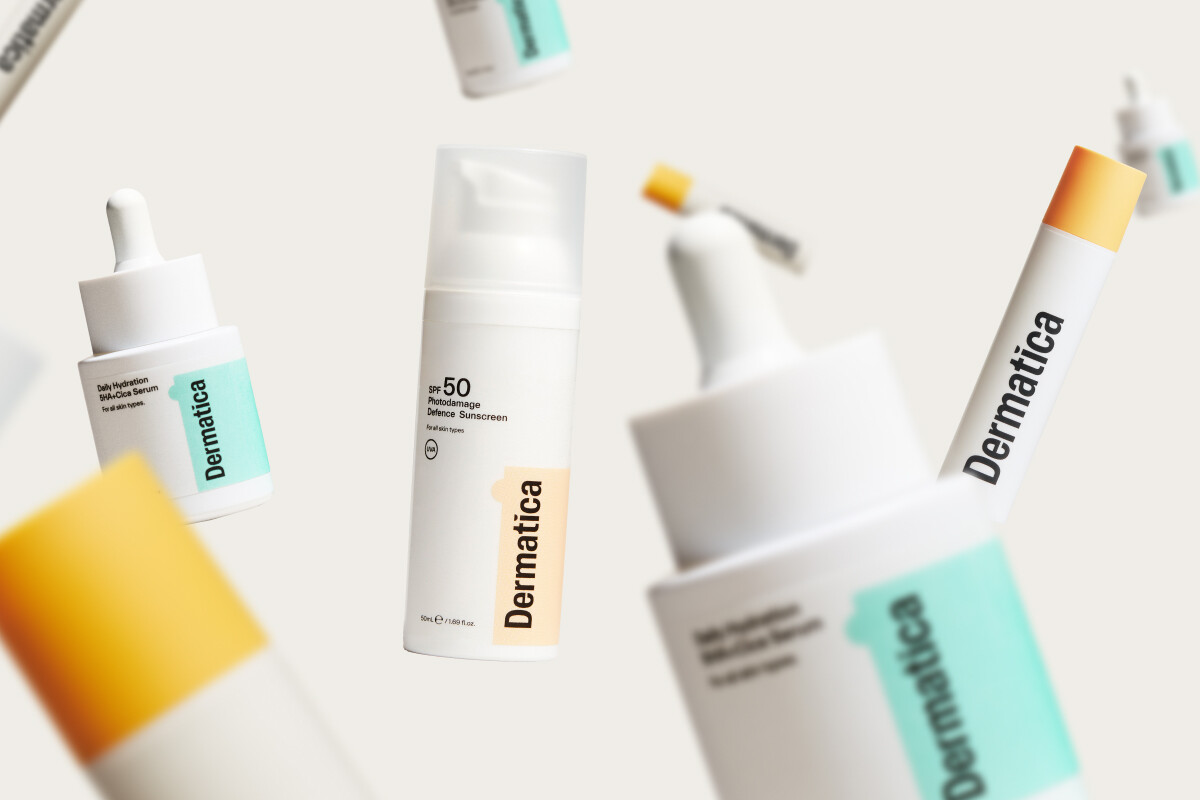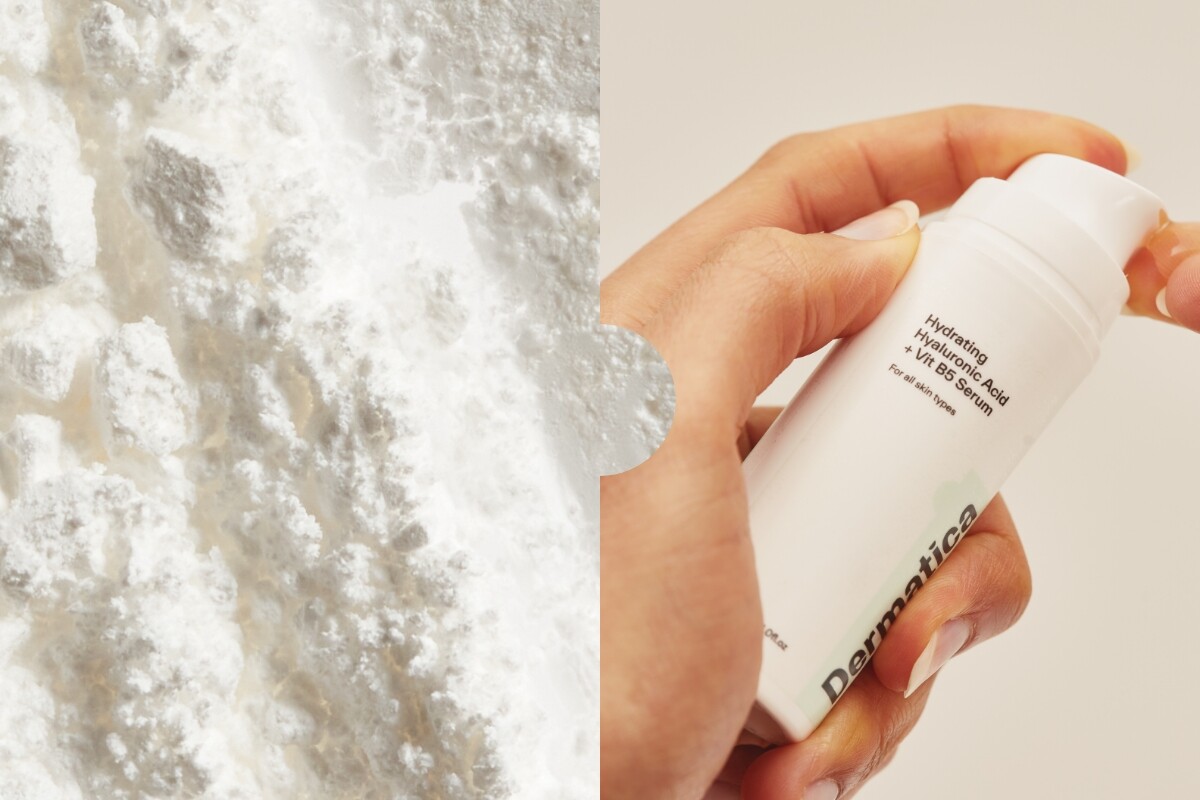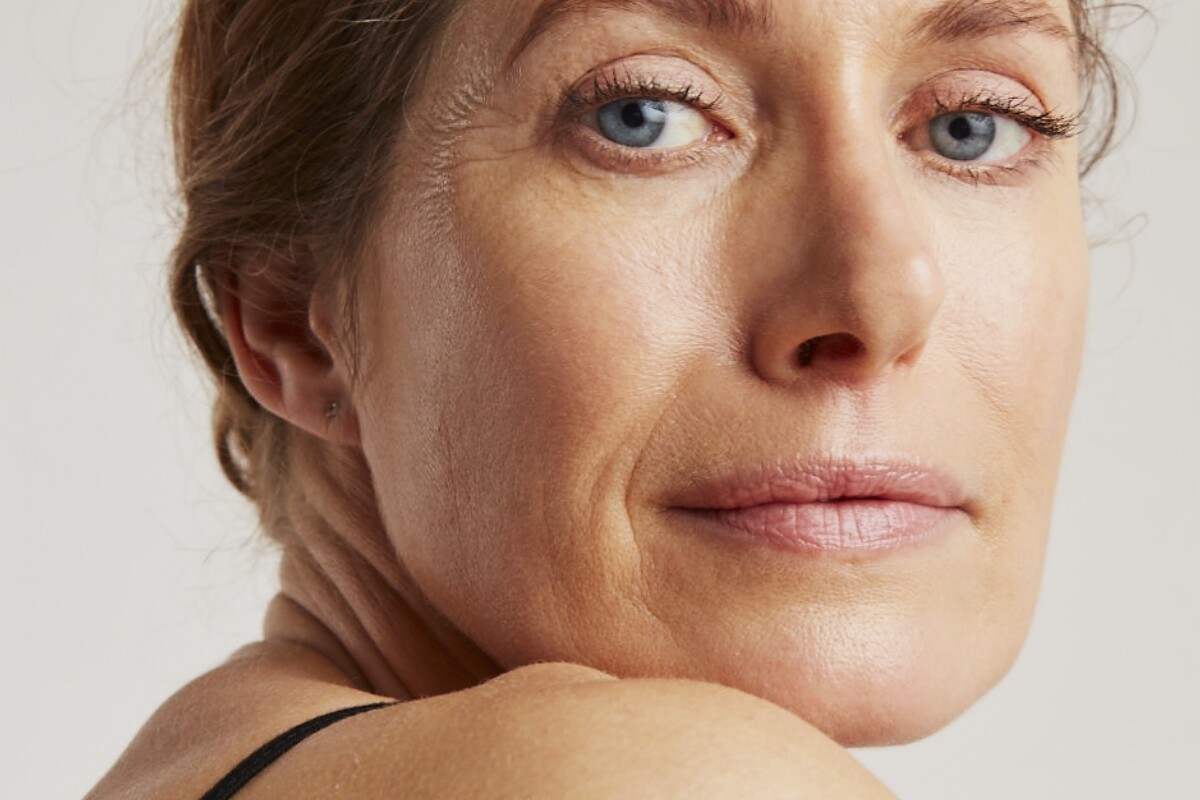Do you have a hard time using retinol or retinoids? Are you experiencing dryness, retinisation or breakouts and wondering what the best way to apply retinol is?
Then, whether or not you’ve heard of the ‘retinol sandwich method,’ you’ve come to the right place. This blog post is mainly for people who have difficulty using retinoids regularly, such as tretinoin, adapalene or tazarotene.
Unless you have very sensitive skin, you probably won’t need the sandwich method for over-the-counter retinol, but it may still be helpful to know this method, in case you decide to use prescription retinoids in the future.
What Are Retinoids?
Topical retinoids like retinol and retinaldehyde are cosmetic Vitamin A derivatives, which means these ingredients don’t need a prescription. Prescribed topical retinoids are also derived from Vitamin A, but are typically stronger and work more quickly. These include tretinoin, adapalene, tazarotene, trifarotene and alitretinoin.
Tretinoin is a first generation retinoid, and considered the gold standard for anti-ageing. Tret has decades of research and studies that prove its transformative benefits for acne, hyperpigmentation, and its ability to reduce the look of fine lines. It can also boost collagen, increase skin cell turnover, smooth uneven skin texture, unclog pores and help tackle stubborn conditions like melasma. Adapalene has also been shown to have similar effects. (1)
Why Someone Might Be Hesitant To Try Retinoids
No matter your skin type, everyone should be able to benefit from topical retinoids if they want to. Even if you have sensitive skin.
Some people (but not everyone) will experience potential side effects when they first start using retinoids like tretinoin or adapalene. These side effects are sometimes known as ‘purging’ and are normal. In fact, it’s a sign that your skin is adapting to faster cell turnover. At around Week 2, you may notice dry or flaky skin, breakouts, and/or redness or inflammation known as retinisation. Although these side effects are temporary, and rarely last longer than 1-2 weeks, it can put a lot of people off using them.
However, to get the benefits of retinoids, consistent long-term use is essential. Retinoids need to be applied three times a week as a minimum – but ideally every night. With regular use, visible results are often noticed after around 8 weeks. To see the best results, it can take months or even years to boost collagen synthesis, smooth signs of ageing and effectively slow photoageing down. (2)
Traditional Application Method Vs. The Retinol Sandwich Method
There are two ways to apply topical retinoids – the traditional way, and a method that’s often referred to as ‘the sandwich method.’ If you have combination or oily skin, the traditional way may be fine for you. If you have dry, reactive or sensitive skin, you may want to try the sandwich method.
Traditional Method
– Make sure your skin is clean and completely dry. Damp or wet skin can increase product absorption, which isn’t what you want if you’re trying to prevent side effects.
– Dot your topical retinoid treatment evenly across your face, avoiding the orbital bone and around your nostrils and mouth.
– Ideally wait 2-3 minutes for the product to absorb before following with a moisturiser.
Retinol Sandwich Method
– On cleansed, damp (but not wet) skin, apply a lightweight moisturiser that doesn’t have occlusive ingredients like lipids, mineral oil or petrolatum – like our Soothing Centella Gel Moisturiser. This layer of moisturiser acts as a buffer on your skin to help reduce retinoid penetration and irritation.
– Wait for the moisturiser to absorb before dotting the retinoid treatment evenly across your face and gently rubbing it in. Avoid delicate areas around the orbital bone, nostrils and mouth.
– Ideally wait at least 2-3 minutes before adding a layer of richer moisturiser, such as Nourishing Ceramide + Peptide Moisturiser. (3)
Expert tip: Before using your retinoid, apply a thin layer Restoring Ceramide Skin Balm or petrolatum to delicate areas of the face, such as the eyes, nose creases and sides of the mouth. This prevents retinoids from migrating to these areas and worsening side effects.
Does The Sandwich Method Reduce Efficacy?
Most likely, no. There are no studies on whether the sandwich method reduces how effective retinoids are, however there is anecdotal evidence showing patients who use it still gain benefits from their treatment.The retinol sandwich method can be helpful to manage unwanted reactions at the start by keeping the skin barrier conditioned and functioning well. You probably won’t need to keep doing it as your skin will get used to the treatment. (3)
Other Triggers For Side Effects
If your side effects are bothering you, or getting worse, there are other factors that could be the culprit.
Starting Too Strong
Starting at a low concentration helps you ease into using it, so your skin can get the maximum benefit. On the other hand, if your retinoid treatment is too strong too soon, you risk adverse reactions more.
When you’re just starting out, or you haven’t used retinoids for a while, your prescriber should start you at a low percentage. For example at Dermatica, our dermatology experts will start your personalised formula at a low concentration. We then monitor your progress to make sure your formula is working for you, and we’ll only increase the concentration once your skin tolerates the ingredients well.
Using Too Much
If your licensed provider prescribes a retinoid cream, they should tell you how much to use, and this should be followed strictly. At Dermatica, our formulas are blended with our SmartBase – a unique blend of nourishing ingredients that keep your skin hydrated and protected. We recommend 1-2 pumps of this, depending on the size of your face. However, if you’re not using a Dermatica product, make sure you follow the exact instructions your dermatology expert recommends for your skin. (4)
Applying Too Many Actives
Actives – when used properly – are exciting as they work quickly, and you can often see a visible transformation in your skin. However, when you’re starting a retinoid treatment for the first time, we always recommend removing all other active ingredients from your routine and keeping your skincare simple.
All your skincare needs is a gentle cleanser, moisturiser and sunscreen for photoprotection. Your treatment already increases cell turnover, so you don’t need skincare with ingredients such as alpha-hydroxy acids (AHAs) or beta-hydroxy acids (BHAs) for example. These can cause over-exfoliation, leading to irritation and potentially damaging your skin barrier.
Only use skincare products that are designed to use alongside your retinoid treatment, and formulated to maximise results, like the daily essentials range from Dermatica.
If you found this article helpful, find out what skincare formulas are suitable for your skin by visiting our website.
References
1. Zasada M, Budzisz E. Retinoids: active molecules influencing skin structure formation in cosmetic and dermatological treatments. Advances in Dermatology and Allergology [Internet]. 2019;36(4):392–7. Available from: https://www.ncbi.nlm.nih.gov/pmc/articles/PMC6791161/
2. Mukherjee S, Date A, Patravale V, Korting HC, Roeder A, Weindl G. Retinoids in the treatment of skin aging: an overview of clinical efficacy and safety. Clinical interventions in aging [Internet]. 2006;1(4):327–48. Available from: https://www.ncbi.nlm.nih.gov/pmc/articles/PMC2699641/
3. Draelos ZD, Ertel KD, Berge CA. Facilitating facial retinization through barrier improvement. Cutis [Internet]. 2006 Oct 1;78(4):275–81. Available from: https://pubmed.ncbi.nlm.nih.gov/17121065/
4. Milosheska D, Roškar R. Use of Retinoids in Topical Antiaging Treatments: A Focused Review of Clinical Evidence for Conventional and Nanoformulations. Advances in Therapy. 2022 Oct 11;39(12):5351–75.
Cat Hyatt
Dr Cat Hyatt is a GP, working as Clinical Content Lead for Dermatica. She has a special interest in medical content and making healthcare information accessible and understandable for all.





